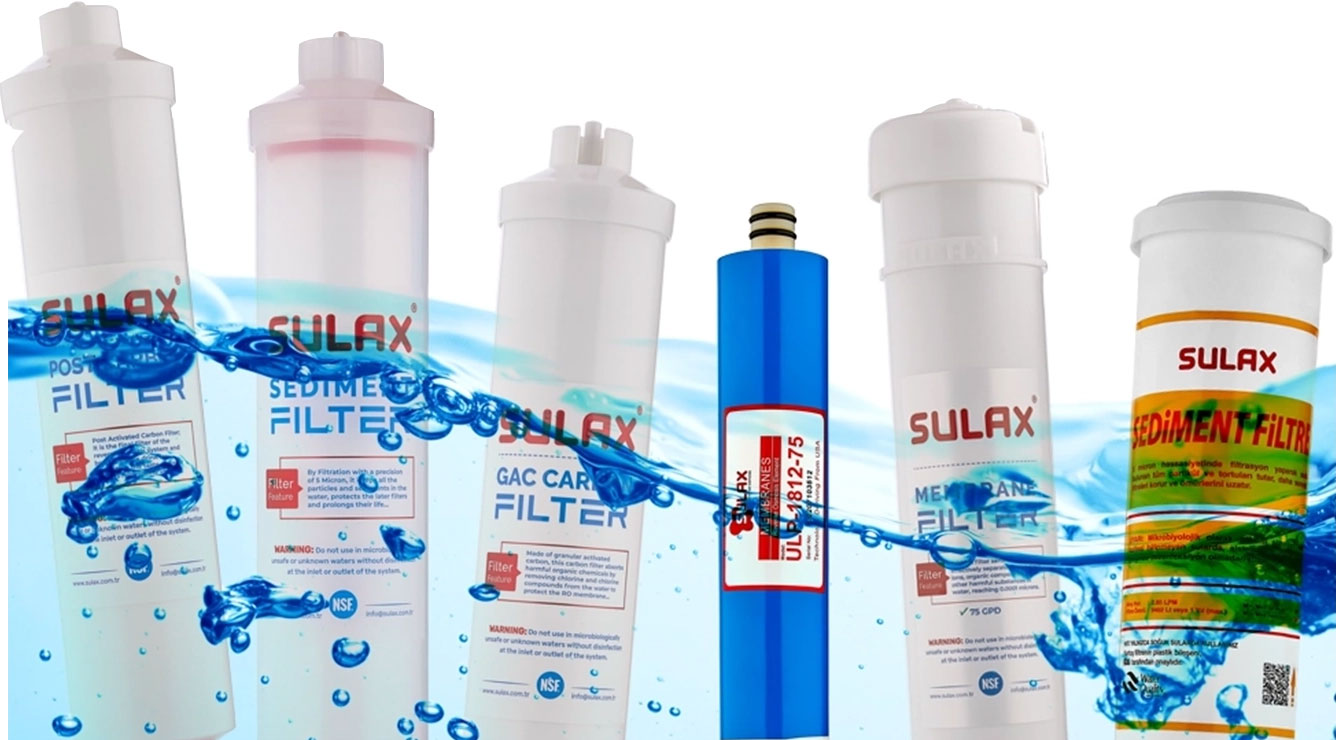
The water purifier tank is a critical component where water is purified and stored, and its durability is of great importance for water quality and the overall performance of the device. The lifespan of a water purifier tank varies depending on factors such as the quality of the materials used, production technology, the hardness and contamination level of the water, and the frequency of maintenance.
With proper care and high-quality materials, a water purifier tank can last between 5 and 10 years. For premium models, this period can extend up to 12 years. However, over time, issues such as pressure loss, cracks, or deterioration of the inner surface are signs that the water purifier tank is nearing the end of its life.
To extend the lifespan of a water purifier tank, it is essential that the environment where the tank is used is suitable. The tank should be protected from extreme temperature changes and direct sunlight. Additionally, the internal pressure should be kept within the recommended range.
Water quality and regular maintenance are also critical. Replacing filters on time and cleaning the tank prevent sediment and limescale buildup inside. Performing regeneration processes correctly and regularly positively affects the tank’s lifespan. When these precautions are taken, the water purifier tank can operate smoothly for many years.
The lifespan of a water purifier tank can be assessed by observing visible physical changes and decreases in performance. Issues such as pressure fluctuations, deterioration in water quality, leaks, and cracks are clear signs that the tank is aging.
Additionally, you should always follow the manufacturer’s warranty and recommended replacement intervals to determine the lifespan of your tank. Professional maintenance and service will provide a clear understanding of the tank’s condition. With regular inspections, you can predict when the tank should be replaced and prevent unexpected malfunctions.
In wastewater treatment systems, packaged treatment tanks and the mechanical equipment used in the system have an average lifespan of 10 to 15 years under proper maintenance and usage conditions. Ensuring a long life for a water purifier tank depends on consistent periodic checks and maintenance.
However, the durability of packaged water treatment tanks varies based on factors such as material quality, maintenance practices, and the hardness of the water. To extend their lifespan, it is important to follow the manufacturer’s maintenance recommendations and clean the tank regularly. Additionally, monitoring the pressure and water quality inside the tank improves performance and durability. This way, packaged water treatment tanks can be used safely for many years.
The water purifier tank lifespan refers to the period during which the tank remains functional and durable. Many important factors determine this lifespan. It is not only related to the tank’s production quality but also to usage conditions and regular maintenance. Here are the main factors that affect a water purifier tank’s lifespan:
The lifespan of a water purifier tank depends largely on the durability of the materials used. Tanks made of stainless steel and high-quality polyethylene last much longer. Tanks made of lower-quality materials are prone to issues such as cracking and deformation, which shorten their lifespan.
The lifespan of a water purifier tank is directly related to the quality of the water that flows through it. Water with high hardness and high mineral content causes sediment and limescale to build up on the inner surfaces. This negatively affects the tank’s lifespan and may require earlier replacement.
For optimal lifespan, the water pressure inside the tank must be maintained at the recommended level. Consistently high pressure reduces structural integrity, while sudden pressure fluctuations can significantly shorten the tank’s lifespan. Therefore, using pressure regulators and conducting periodic checks will help extend its life.
Regular maintenance can significantly prolong the lifespan of a water purifier tank. If sediment, bacteria, and limescale deposits inside the tank are not removed, the lifespan will be shortened. Replacing filters on time and having professional maintenance performed helps protect the tank and improve the performance of the entire system.
The lifespan of a water purifier tank is also influenced by the environment in which it is installed, such as temperature, humidity, and light exposure. Extreme temperature fluctuations and direct sunlight can negatively impact the tank. Additionally, improper installation and physical damage can reduce its durability.
A manufacturer’s warranty and access to technical support are important factors affecting a water purifier tank’s lifespan. Regular inspections and timely interventions provided under warranty coverage help ensure that the tank continues to operate safely for longer.
Sulax, with many years of experience and an expert team in the field of water purification systems, offers high-quality and reliable solutions. With advanced technologies and products manufactured to the highest standards, we ensure the maximum lifespan of your water purifier tank and guarantee the safe and clean use of water. With our professional technical service that prioritizes customer satisfaction, you can choose Sulax water purification systems to improve the quality of your water.

Fill out the form and be the first to enjoy the benefits!